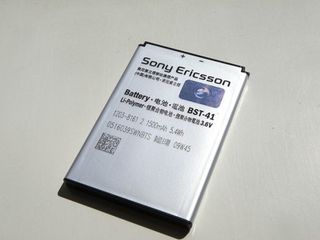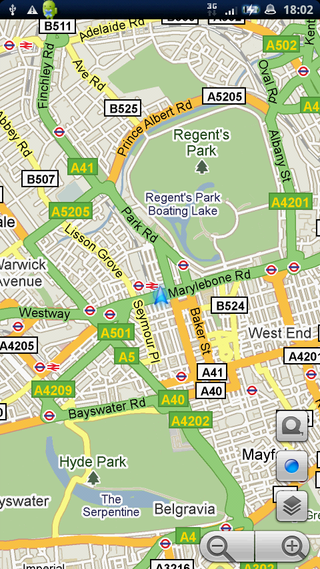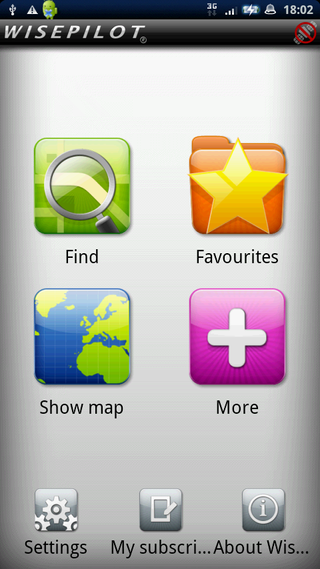Why you can trust TechRadar
Battery life is becoming ever more of an issue on today's smartphones, and it seems never more so than on Android handsets - we're starting to see a pattern of phones simply eating up their battery.

The HTC Desire, HTC Legend, Samsung Galaxy Portal and Acer Liquid all have noted issues with battery life for some people, lasting just over a day with general use.
The Sony Ericsson Xperia X10 is in the same camp - despite having a 1500mAh battery, among the largest in the industry, the phone will run out of charge easily after a day's use.

While at the first review we didn't label this a downside, the number of people complaining about the performance shows that this is an issue - smartphones need to last over a day under normal conditions (ie not using them constantly for eight hours) and the X10 doesn't manage to do this.
One thing to note - the X10 will charge to full, then drop 5% before charging again. It's not a big thing, but you might wonder why the phone seems to be losing charge faster than usual.
In an ideal world, these phones would last three days at least while managing push email, widget updating and all other manner of day-to-day use, but at the moment they're heavily constrained by the available technology.
However, if you want to improve battery life on the Sony Ericsson Xperia X10, there are a few things you can do: turning down the frequency of Timescape updates is a major one.
Push email from Moxier mail eats the battery, as do many of the widgets and turning the screen up to full brightness. If you dial all or some of these features down then you'll probably eke out around two days' use if you don't hammer the phone too much - but then again you shouldn't have to do that if you bought the phone with these purposes in mind.
Maps
There are two types of mapping applications on the Sony Ericsson Xperia X10, which is more relevant for UK users than their US counterparts.

Google Maps obviously offers the most familiar interface for most users and the new Android upgrade to 4.1.1 brings ever-greater functionality to the platform - Buzz, Latitude and more easily navigable information when searching for information on restaurants or attractions.
It's also blindingly quick on the Xperia X10, with GPS picking us up pretty quickly too (although in built-up areas it struggled somewhat to find and maintain a connection).
But downloading and scooting the maps was really quick, allowing us to find out where we are in super-fast time, which is what we'd be expecting with a phone of this calibre.
With this version of Google Maps, now the Android 2.1 update comes through you can use the live maps option to see where you are from the home screen at all times.
Google Maps has now advanced to the point it can function as a separate sat-nav option for both walking and driving, with a car mode offering larger buttons.
The use of this is excellent; for instance, if you're walking and look down at the map you're following, it will drop to 2D - lift it up in front of your face and you'll go 3D with landmarks. Awesome.

The other option on board the Xperia X10 is WisePilot, which is dedicated sat-nav software. It's certainly a fully featured GPS platform, making it easy to navigate from A to B without a hitch - although we did find the odd problem connecting up the GPS on occasion.
However, we're not sold on the idea of using a phone as a sat nav if we have to pay for the privilege, especially when we can do the same thing on the phone with Google Maps, and in our mind it's easier to use as well.
Current page: Sony Ericsson Xperia X10: Battery life and Maps
Prev Page Sony Ericsson Xperia X10: Media Next Page Sony Ericsson Xperia X10: Connection and applications
Gareth has been part of the consumer technology world in a career spanning three decades. He started life as a staff writer on the fledgling TechRadar, and has grown with the site (primarily as phones, tablets and wearables editor) until becoming Global Editor in Chief in 2018. Gareth has written over 4,000 articles for TechRadar, has contributed expert insight to a number of other publications, chaired panels on zeitgeist technologies, presented at the Gadget Show Live as well as representing the brand on TV and radio for multiple channels including Sky, BBC, ITV and Al-Jazeera. Passionate about fitness, he can bore anyone rigid about stress management, sleep tracking, heart rate variance as well as bemoaning something about the latest iPhone, Galaxy or OLED TV.

